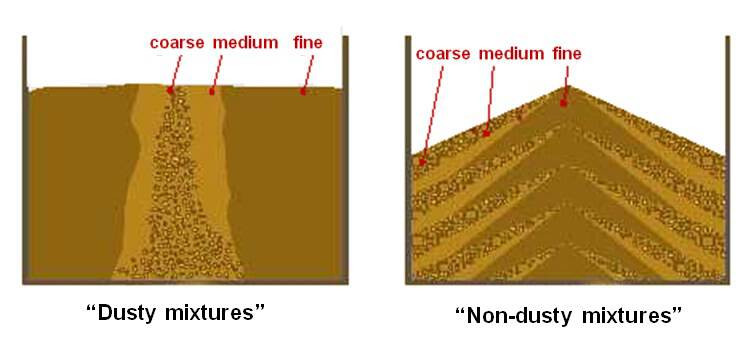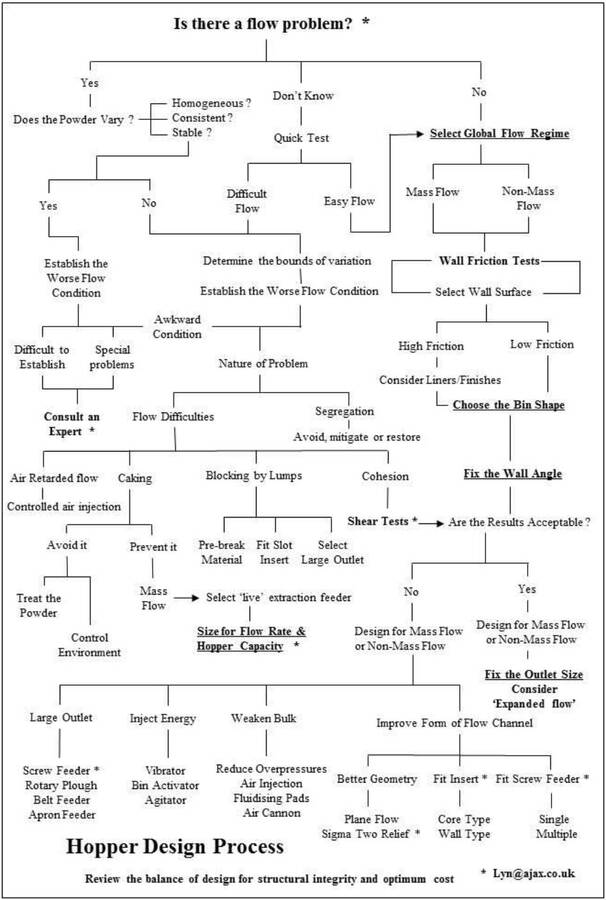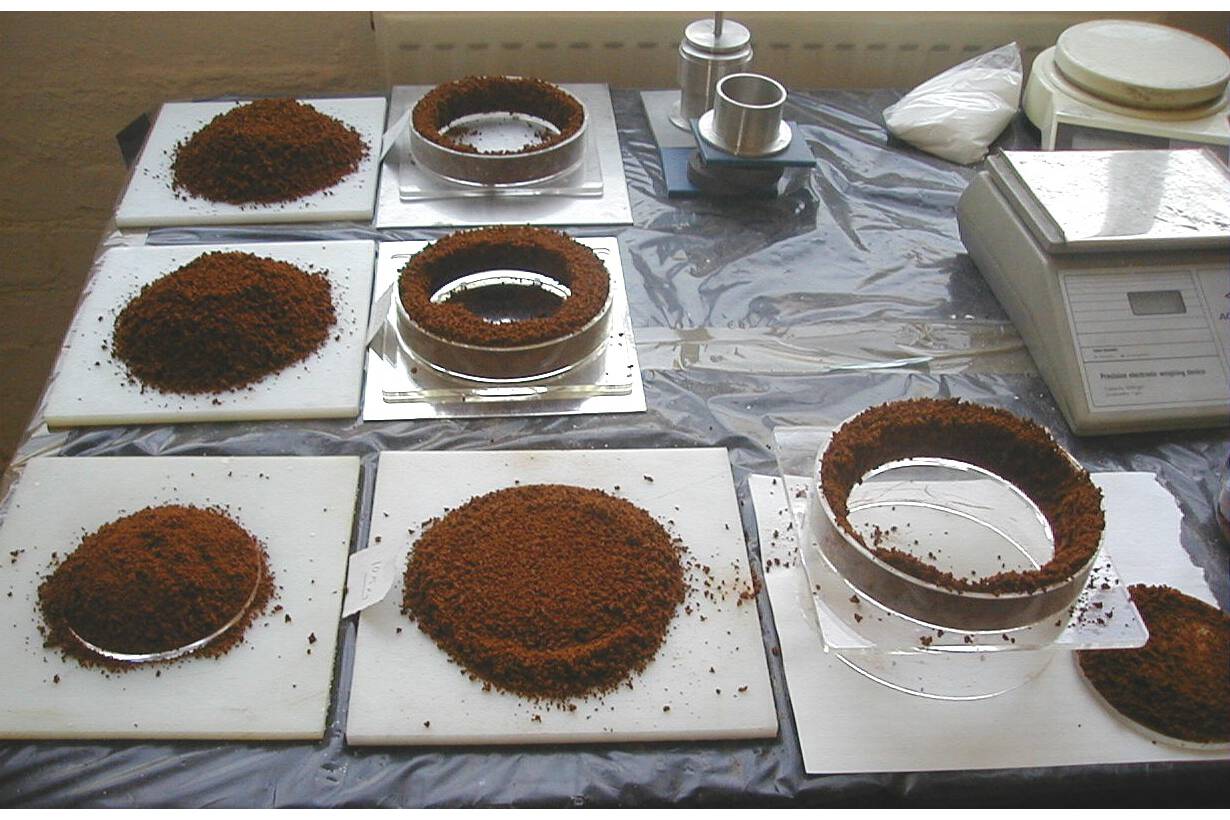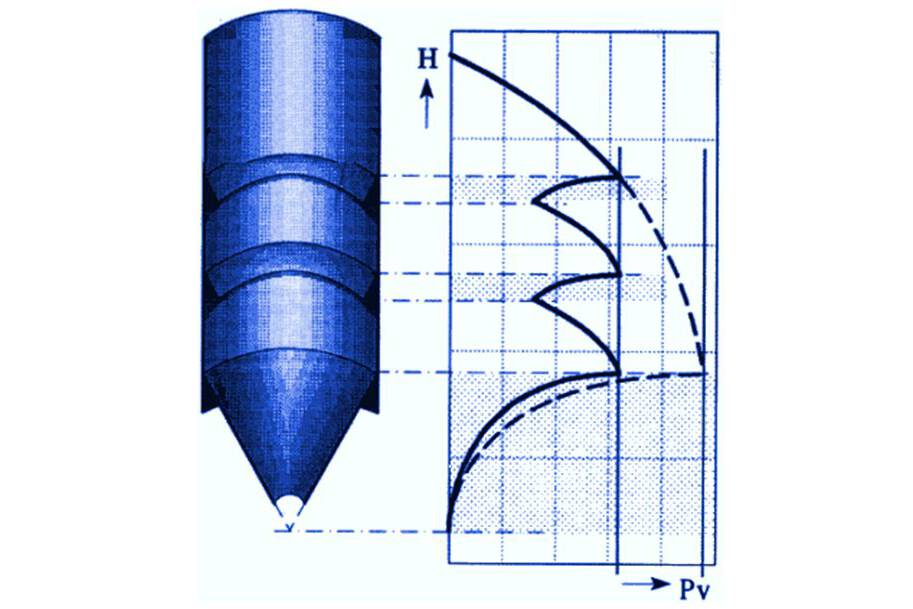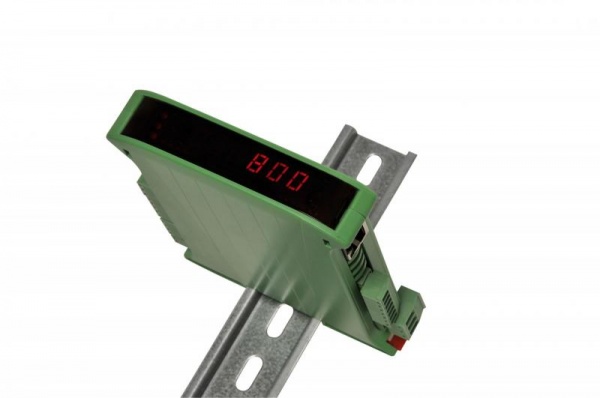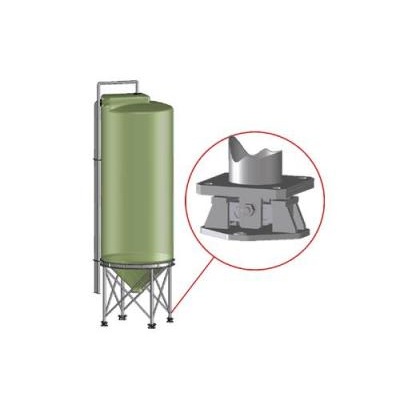Pressure reduction in silos: intermediate cones a reliable solution
Higher silos may show problems such as quaking or honking, or too high stresses on the product stored. Intermediate cones are a reliable and well designable solution. If, for whatever reason, a company invests in larger silos, one must be aware of problems. The bulk material experiences greater pressure in a larger silo. This means that the properties of the bulk material change in a negative way. It is therefore very important to keep that pressure under control. An important instrument is the wall of the silo. One can apply rings or coat the wall. This article deals with the application of intermediate cones. With a well-designed intermediate cone one can reduce the pressure, the product flows again, and shocks will be a thing of the past.
Bigger silos, bigger problems
Increasing capacities or shorter lead times sometimes require larger stocks of raw materials. For companies that store their raw materials in silos, this means an investment in higher or wider silos. This may lead to problems not experienced before, because the bulk solid experiences greater pressure in a larger silo. This changes the properties of the bulk solid,

